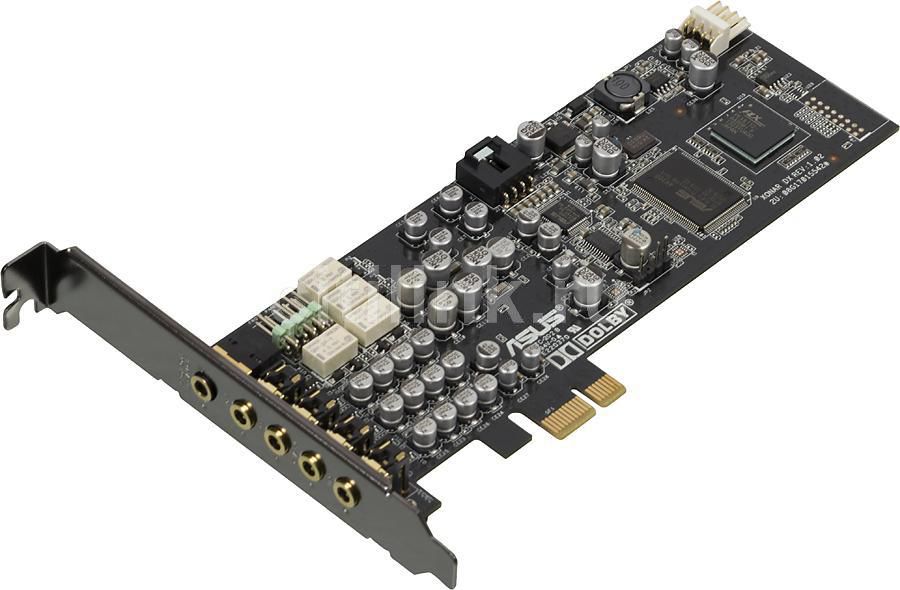
(You can tell by the price.) Certainly, the ALC1150 and ALC892 both allow 24-bit 192kHz, but they do so in a noisy way. While it is true that 192kHz is overkill and human hearing is rarely over 22050Hz, cards that are capable of achieving this tend to offer higher quality sound. Even though the ALC1150 produces less noise than the ALC892, the noise is still there. I can hear background noise and hiss from the motherboard audio (ALC1150 and ALC892) when the volume is turned up, and it is annoying. It depends upon what you want to do and the kind of audio hardware you have. So, why bother investing in a separate sound card if the existing sound is “good enough.” These boards usually use the ALC1150 or the newer ALC1220. Modern motherboards now include onboard audio processing that rivals or exceeds dedicated sounds of the past. Let’s answer this question first and get it out of the way since there are many debates arguing whether or not a dedicated sound card is worth the cost. Any links to Amazon are affiliate links to help readers locate the parts easily and to help cover the time spent researching and writing this article. Is there a difference in sound quality between a dedicated sound card and motherboard audio? Here are my tests and opinions from using the two myself.

This article looks at the Asus Xonar DX PCIe sound card running in Linux and compares it with existing motherboard audio featuring the ALC1150, which is found on most higher-end motherboards these days.

So, you have finally constructed your ultimate tower of silicon greatness featuring quad SLI, NVMe storage, 4TB SSD data, 4K monitors, the latest multi-core CPU, maxed out RAM, and… what? You’re still using motherboard audio? You poor thing.


 0 kommentar(er)
0 kommentar(er)
